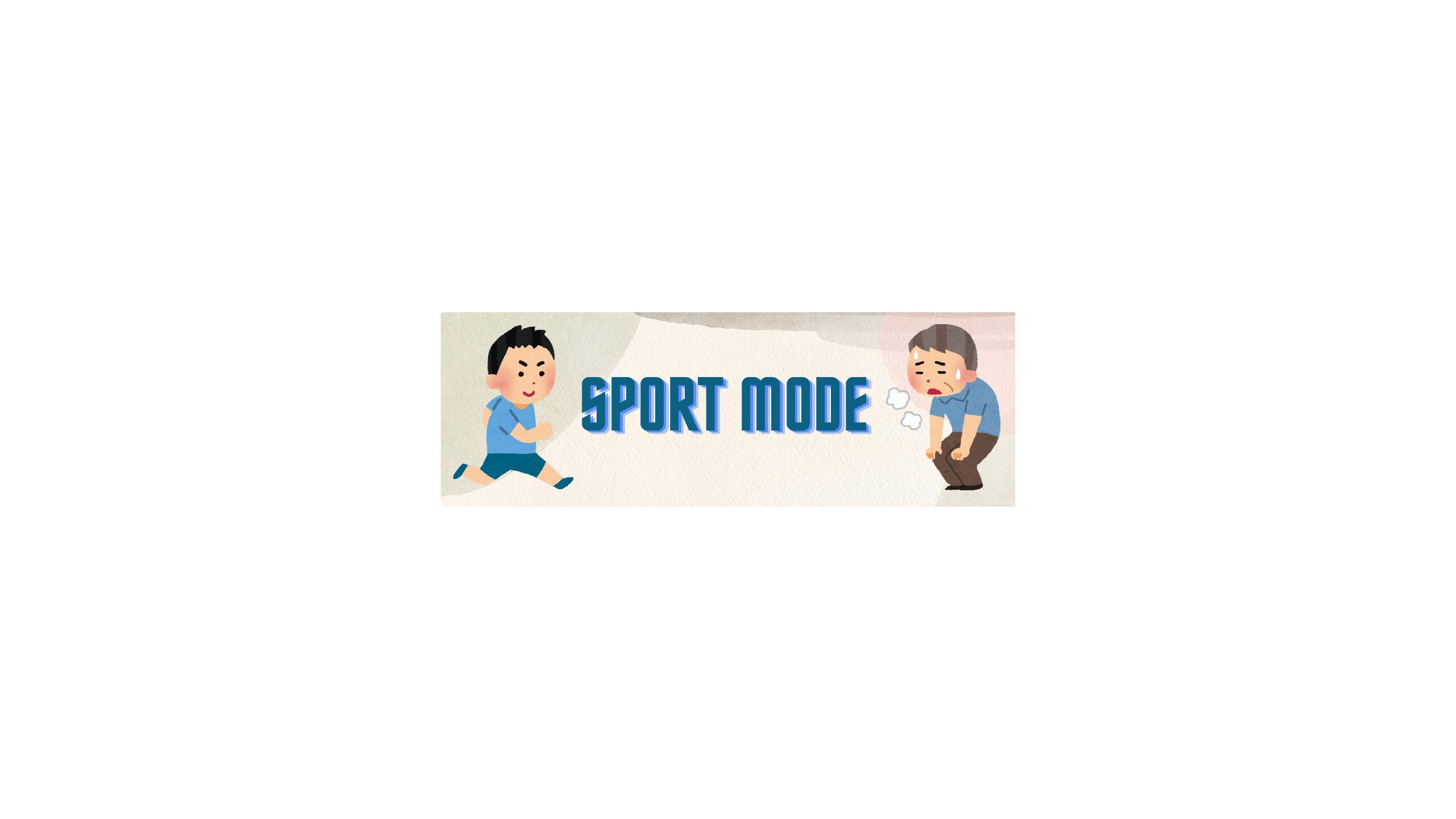I was first introduced to the term “sport mode” by Jo. We were discussing why silly and preventable injuries happen more frequently than those from extreme activities. Hopefully, this blog post provides some insight into why this phenomenon may happen and how we can prevent injuries and pain in the future.
What is Sport Mode?
“Sport mode” refers to a state of heightened physical and mental awareness when performing a particular task. This mode is typically active when we engage in any athletic or physical activity. Our neuromuscular system is in constant communication to correct posture, movement, and form. This hyper-awareness of what our body is doing and where our body is in space helps protect us from unwanted and unexpected injuries.
Conversely, when sport mode is turned off, we become less aware of our performance and surroundings. Reduced internal and external awareness is often the cause of that silly trip on the sidewalk or bruise from walking into the couch.
Now the solution to this might sound simple: just keep sport mode on all the time. However, constant hyperawareness of everything we do can be physically and mentally exhausting. It’s like keeping the lights on all day. As our energy use climbs, our ability to recover from the rising costs becomes even more difficult. Therefore, it is essential to establish a balance between engaging in too much and too little sport mode.
So how can we do this?
Alternating Activities with Varying Levels of Self-Awareness
Rather than completely shutting down sport mode, we can alternate activities that require a high, medium, or low level of self-awareness.
Activities that involve a high level of self-awareness tend to be more physically and mentally demanding. These tasks require a heightened state of sport mode. Some examples may include rock climbing or physiotherapy exercises, which demand a continuous flow of concentration and coordination to prevent injury.
Alternatively, activities that involve a medium or low level of self-awareness tend to be less demanding on the brain and body. These activities require more intermittent and less intense sport mode. Reading a book on the couch or making a cup of tea does not require as much concentration and coordination as rock climbing. However, they still require some degree of sport mode to be aware of and self-correct problematic postures and positions.
Pacing Strategies
Activities that require a high level of sport mode or self-awareness may be more fatiguing. To avoid a big crash after engaging in these activities, spread out the task throughout the day. For example, rather than doing a full 30 minutes of physiotherapy exercises, breaking up the activity into 10-minute sessions and doing one after breakfast, lunch, and dinner, can accomplish the same goal but with lower levels of fatigue.
Additionally, taking microbreaks, or short breaks to “check in” with yourself, can shift the focus from your performance to how you’re actually feeling. It can be easy to forget to drink, eat, and take care of yourself while hyper-fixated on a task. These microbreaks can help fuel your tank and optimise mental and physical performance while in sport mode.
Summary
Overall, sport mode is a necessary element of our daily activities as it protects us from unwanted and unexpected injuries. However, being in a constant state of hyper-awareness can increase our risk of fatigue, pain, and dysfunction later on. Therefore, it is important to establish a balance between engaging in too much and too little sport mode.
We can do this by:
- alternating activities with varying levels of self-awareness
- taking microbreaks
- spreading out certain tasks throughout the day.
This balanced approach allows us to keep sport mode turned on without compromising our overall health and wellbeing.
Further Reading
https://www.rcot.co.uk/conserving-energy
About the Author
Hi, my name is Rachel. I am currently pursuing my Master’s degree in Occupational Therapy at the University of Brighton. I am an international student from Canada. Moving to England and working in a variety of healthcare settings has really grown my confidence and expanded my knowledge of a variety of conditions.
I understand how an unexpected change in lifestyle and health can play a significant role in how we perceive ourselves and the world around us. I hope to help others adjust to these changes with greater confidence and self-efficacy.
If you have any questions or are interested in chatting, please feel free to contact me via email at rachel@jboccupationaltherapy.co.uk.



